Good Logo vs Bad Logo Design & How it can Affect your Business
Marketers and businesses are fighting for the attention of their target market.
In a more distracted world than ever, capturing a moment with your consumer is becoming extremely challenging.
Having a logo that is eye-catching, unique and easy to digest is the only way to survive.
Logos are an integral element of any branding process.
They need to:
- Be memorable for the consumer
- Illustrate company values and objectives
- Be adaptable for future business growth.
Translating an entire business proposition into one symbol while being aesthetically pleasing and enticing to your customers is a complicated process.
This article explores the design elements of a logo, how a good logo can significantly impact your business and how an okay logo will leave your company falling short of success.
Table of Contents
What are the Design Elements of a Logo?
Typography
Typography is the visual form of the written word, and in the world of logo design, there are millions of text variations that your logo can adopt.
The typography looks at the font, text size, shape and emotions elicited from the visual word.
Typographical design involves looking at each letter's specific elements, which the designer can manipulate into a font.
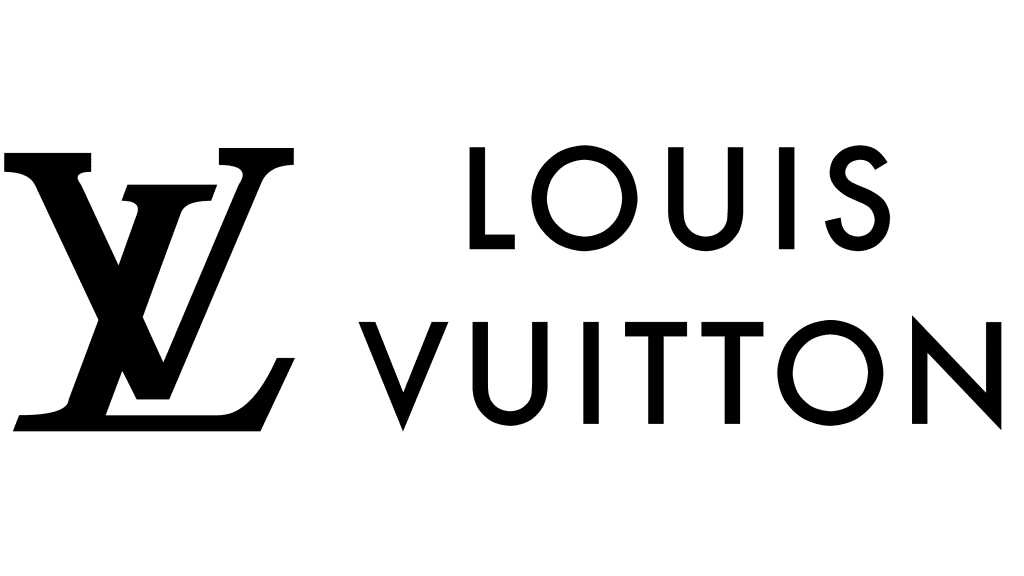
Fonts can also be choreographed to illustrate brand persona and authority and draw on the target audience's emotions.
For example, a font can be masculine, feminine, strong, friendly or unsettling.
Typography also deals with the leading and kerning of text which refers to the white space between the lines of text and letters of text, respectively.
Fonts are also separated into general categories.
These include serif, sans serif, gothic, script, decorative and symbols.
Picking the right font can be difficult, but these categories help designers gauge how to pair fonts together in branding guides and logo design.
Colour
A significant element of logo design is the colours implemented to communicate the brand's messaging.
Colours are essential because they are directly correlated with the brand.
Specific colours have different emotional effects on the viewers.
For example, blue elicits calming and trustworthy emotions, whereas orange indicates a friendly and confident brand.

It is essential to consider the general colour scheme in your logo design and how you use it.
For example, the colour of text needs to contrast the background significantly so that text can be easily digested, or the use of colour in the symbols must be complementary not to confuse the viewer's perception of the brand.
Moreover, it is essential for a company with an international strategy to understand that colours have different meanings in different societies.
Shape, Symmetry & Balance
As far as logo design is concerned, there is nothing more relevant to the viewer than shape.
Psychologically, humans are wired to understand shape to give meaning to the symbol.
Memorable logos include Audi, Nike, Adidas, and McDonald's.

These logos all utilise the power of shapes to create simple, memorable and distinctive logos for their companies.
Audi utilises organic lines to represent an innovative and approachable brand, whereas Adidas uses the force of geometric shapes to evoke power and edginess from their consumers.
Nike and Mcdonald's, however, look to the movement of shapes to manipulate consumer psychology.
The shape of the Nike Swoosh appeals to the senses of touch and sound, as the word “swoosh” invokes speed and the shape refers to movement.
The Mcdonald's logo uses soft movement through an approachable archway that emotively invites the consumer into the restaurant.
Symmetry and balance are other essential design elements when considering logo design.
Symmetry exists when both sides of a design are identical and hold equal weight on either side of the central axis of the image.
For example, the McDonald's logo and the Audi logo are symmetrical.
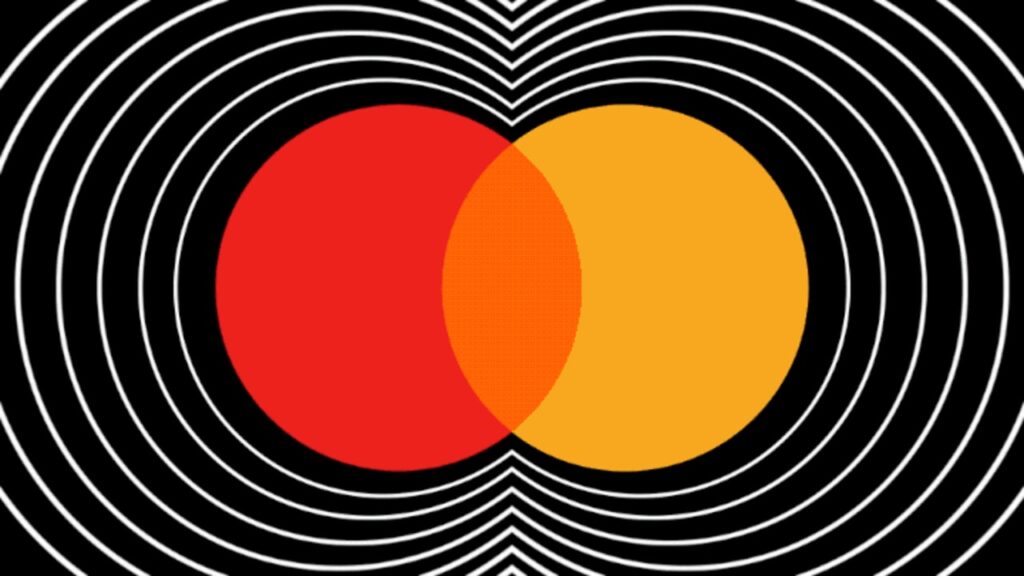
However, the Adidas and Nike logos are asymmetrical, meaning that the imagery on either side of the central axis is not identical and is not of equal weight.
Though, despite being asymmetrical, the Adidas logo still maintains balance.
Balance is achieved when the visual weight of colour, texture and size is evenly distributed throughout the logo.
On the other hand, the Nike “swoosh” is not balanced.
It is asymmetrical in nature, but it is iconic due to its simplicity and memorability.
A good logo effectively uses design elements to convey the brand's promise.
So now that you have an understanding of the basic design elements of a logo, we can begin to understand how a good or bad logo can impact your business.
Good Logos vs Bad Logos
Think of the most famous companies of all time.
What do they all have in common? A killer logo.
Logos utilise the design above elements to convey the brand's whole package, and they are often the first impression for most of your customers.
However, what if your target market misses that message completely?
Here's how you can perfect your business logo design to drive more sales.
Good Logos are Memorable.
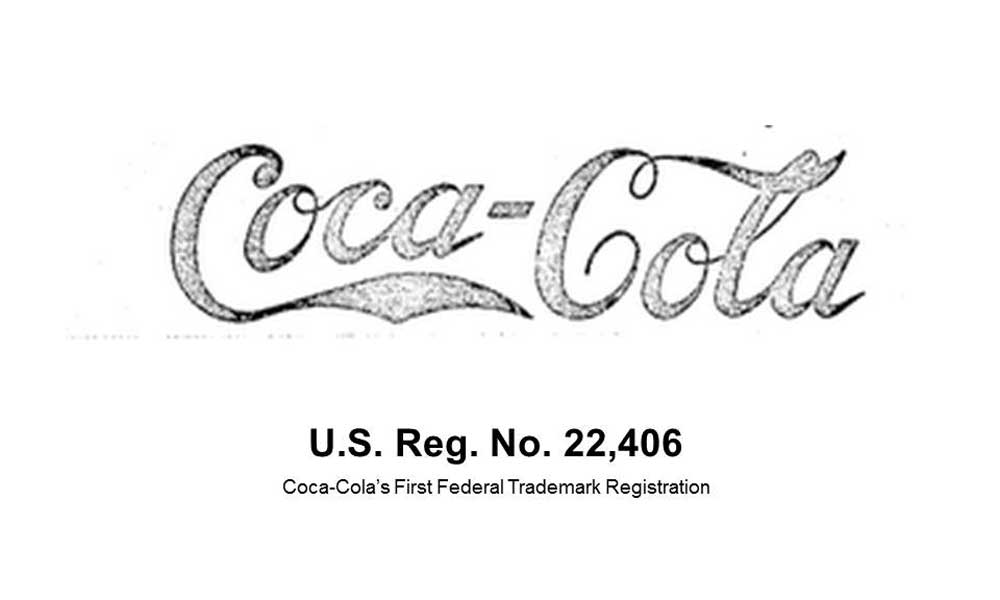
Have you ever gone to remember that great clothing boutique that's near the grocery store near the highway, but you can't quite remember the name? Yeah.
A good logo could have saved you there.
Good logos are memorable and are stored away cognitively in consumers' minds for later recall.
As our brains are so cluttered, a memorable logo easily translates to a simple logo.
To create a simple memorable logo, use only a few colours, add no more than five words to the logo, and choose relatively simple imagery.
These great yet simple logos are often brand classics.

Good Logos are Insightful & Represent Your Company.
It can be challenging to decide what characteristics define your business.
Your logo must encompass your business' goals, culture, vision, mission statement, products and services.
This ultimately comes down to defining your unique selling point.
Your unique selling point differentiates you from competitors and makes you stand out in your industry.
The way that you communicate this difference is through your logo and branding.
Be sure when embarking upon the design process that you regularly check back on your unique selling point to create that logo that genuinely defines your company.
Good Logos are Timeless.

Whether a small business owner or a large corporation, your logo will stay with you forever.
You need to create something that can symbolically support your business objectives and assist company growth through advertising.
The logo must represent this message both now and into the future, which demands your logo to be adaptable, versatile and consistently on-brand.
Determine the most important elements or features of your brand and incorporate these into your logo design.
It is important to note that sometimes a rebrand is inevitable, so always keep an open mind and understand when it is time to update your logo.
Good Logos are Versatile.
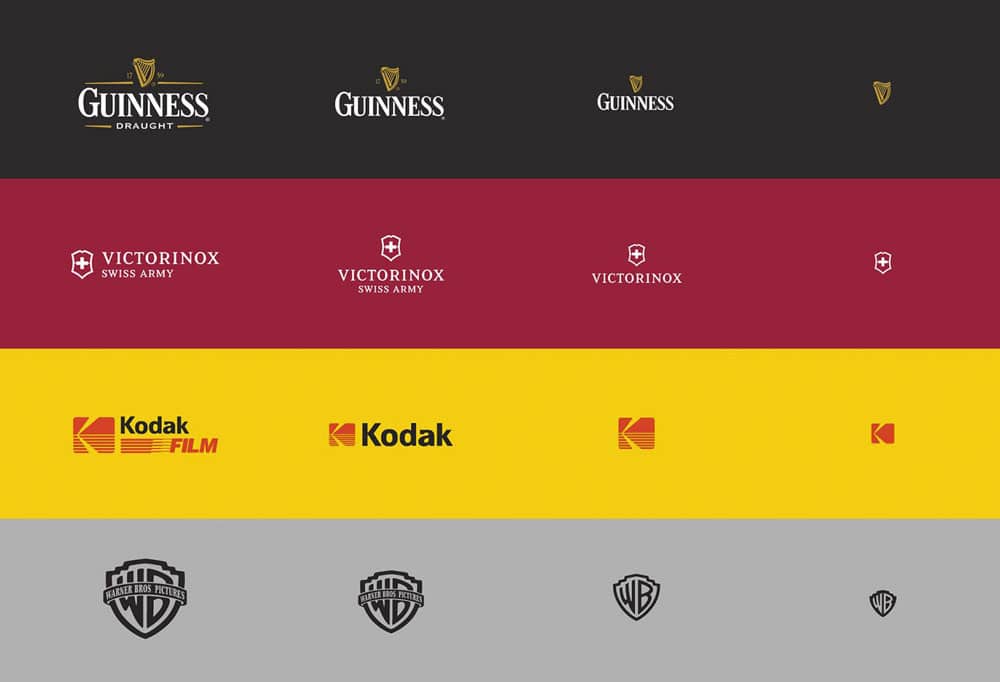
When designing a logo, consider its uses for it and remember the number of diverse mediums that logos are printed on.
For example, T-shirts, business publications, business stationery, letterheads, packaging, vehicles, and social media, to name a few!
Your logo must be diverse enough to cater to all without confusing or losing brand consistency.
For example, an emblem-style logo might look good on a T-shirt, but consider the effects of loading so much detail onto the side of a pen.
A segway to these problems would be to design a primary and a secondary logo variation to ensure brand consistency in messaging and give your customers a less complicated version of your brand.
Good Logos are Captivating & Eye-catching.
A unique and eye-catching logo could be what gets your customers at the front door.
It entices the customer to learn more about your company and lets them gain a brief insight into your company's purpose.
However, if you have a generic logo, you will be washed out with the crowd, unrecognised and indistinctive.
Logo Design in small businesses is often overlooked, but small businesses, in particular, cannot afford to miss this opportune first impression to generate a lead.
Good Logos Implement the Use of Colour, Typography and Contrast to Your Benefit.
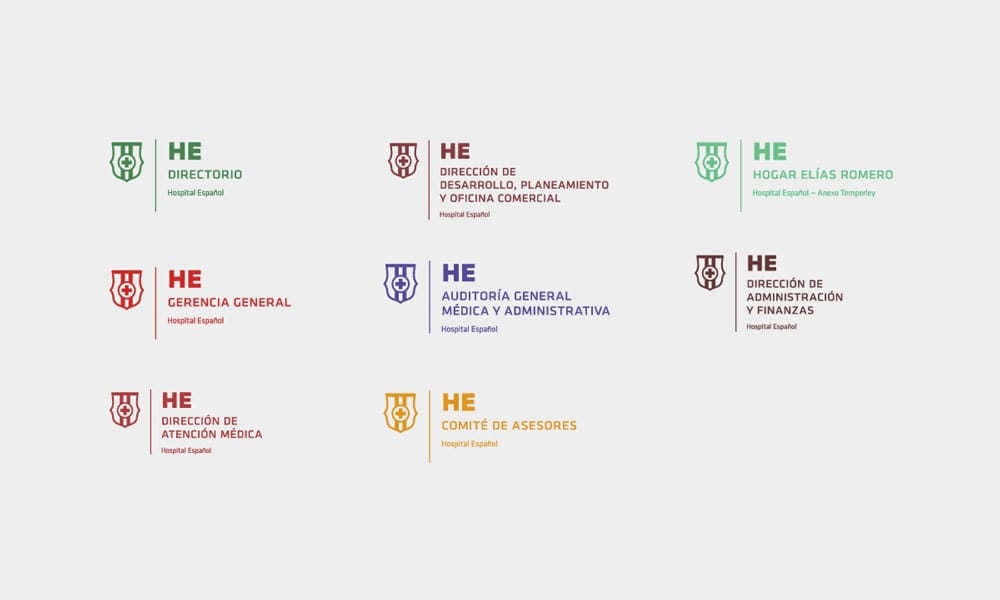
A good logo will consider the cohesion between colour and typography to communicate brand offerings.
For example, a lawn mowing and gardening company's services could best be described through the variations of the colour green.
Moreover, consider the importance of contrasting colours for another example.
This logo feature is crucial for people who are colour blind or vision-impaired.
Moreover, for your consumers with a healthy vision, contrast allows the reader to digest the content the fastest way possible, taking the most significant advantage of a consumer's short attention span.
Furthermore, typography can have just as significant an impact on an understanding of the brand.
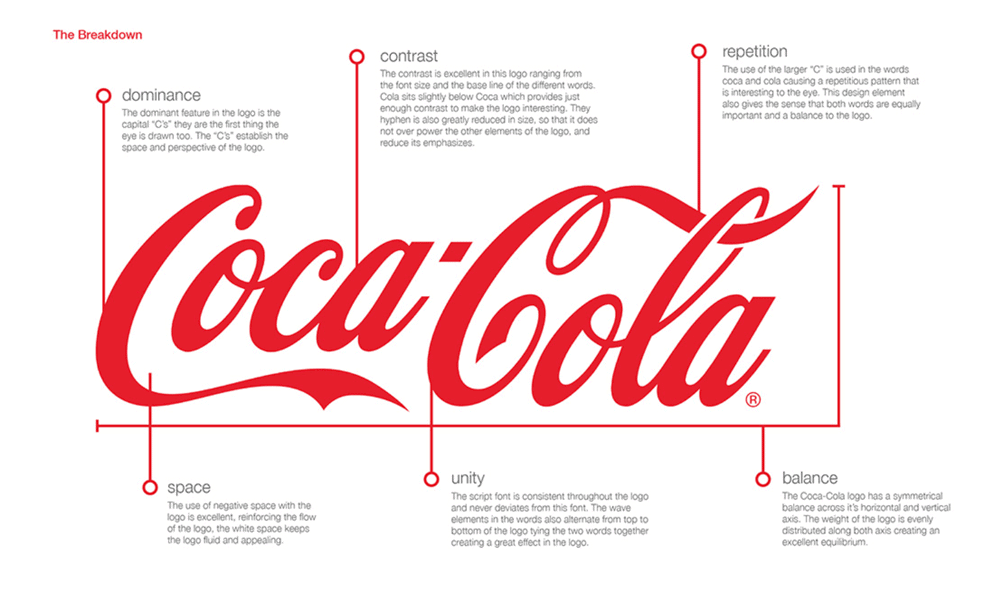
For example, a loud and intimidating font for a psychology clinic would likely harm consumers' brand perception and hinder inquiries.
One of the world's most recognisable logos, it ideally considers all logo design elements, including balance, contrast, colour, and typography.
What Constitutes a Bad Logo?
When consumers are confused by your brand's offerings, cannot differentiate between your competitors, or experience negative or neutral feelings from your brand, you have a case of a bad logo.
Brand identity can make or break a business, which should be considered when designing your logo or rebranding with a new logo.
For example, during Kraft's rebrand in 2009, their new logo affected their branding and hence transformed their bottom line, as consumers became confused about the brand's perplexing colour palette and imagery, completely changing the brand logo they used, recognised and loved.
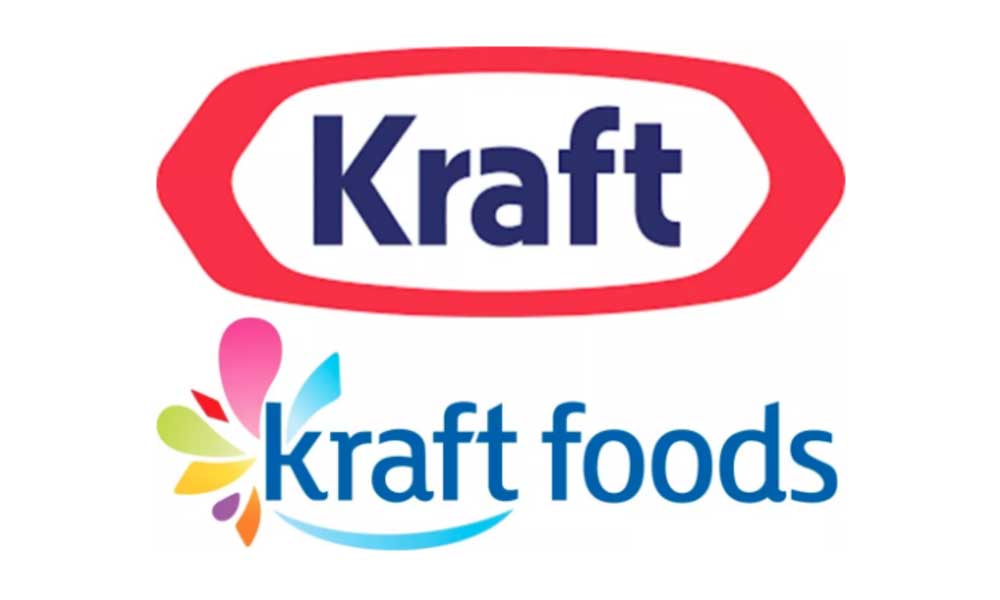
If you choose colours that are not congruent with your products and services or if you pick a style of typography that is inconsistent with your brand persona, you can run into severe miscommunication problems with your target market.
Also, you miss tremendous business opportunities when your target market doesn't connect with your brand persona.
Ensure you connect with most of your target market by carefully planning, testing, trialling and perfecting with a professional logo creation and design company to make the most out of your logo.
Closing Thoughts.
Logo design is not as simple as it seems, and an ordinary logo could negatively impact your business.
That's why it's critical to invest the time and resources into the professional logo design to build your business empire, with a well-designed and value-adding logo at the forefront.
